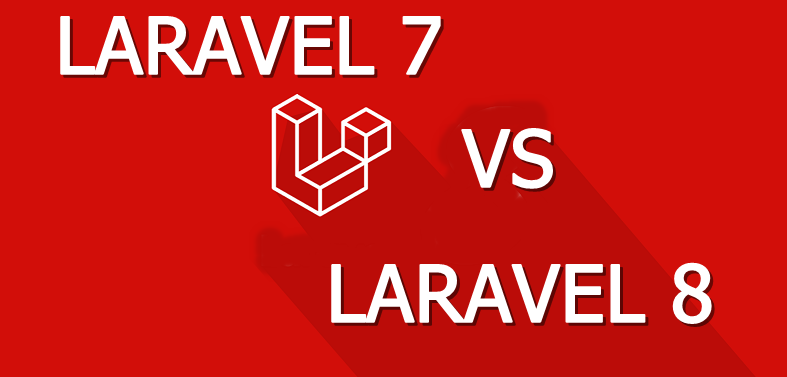
First, let’s explain the term stack in the software development world. Stack comes from the coined term “solution stack.” It is a collection of software technology that is packed together to form a platform. This platform supports any kind of application. In 1998, Michael Kunze introduced the term LAMP stack. It stands for Linux, Apache, MySQL, and PHP, which eventually became the foundation for Linux-hosted web applications.
What is LAMP?
LAMP is known for its free and open-source approach to back-end development. It contains Linux OS, Apache web server, MySQL database, and PHP. Besides PHP, developers can also use Python and Perl as an alternative. Developers choose the LAMP stack because of ease of deployment and customization. Also, it has large community support that can cater to any type or kinds of web application. Not to mention, it works as an alternative to costly software packages and enterprises. As a result, it is the most popular architecture on the web. LAMP architecture is behind widely-known Content Management Systems (CMS) like WordPress, Joomla, and Drupal. Therefore, if you’re working with one of these popular CMS, you’re using the LAMP stack on your Virtual Private Server(VPS) or dedicated server.
LAMP’s Architecture
Let’s examine how each component contributes to the entire capabilities of the stack:
Linux
Linux is the operating system and sits as the first layer of the LAMP stack. It is the backbone, as all other components run on top of it. Also, the programming language and database management used in developing an application must coincide with what platform to use. In this case, PHP and MySQL work efficiently with Linux. On the other hand, SQL, ASP.NET, and ASP are better suited to Windows. Linux has an extensive worldwide user base that extends across different industries. Although developers can work with the rest of the stack components on different operating systems, Linux still dominates because of its flexibility and easy configuration options compared to other operating systems.
Apache
Apache web server is the most widely used server in the world. It serves more than half of the websites on the Internet. Apache offers extensive support with its well-developed community. It works using HTTP to process requests and transmit information over the Internet. Developers choose Apache for its mature and feature-rich ecosystem. Although there are other entrants such as NGINX, the choice depends on the application’s requirements.
Choosing a LAMP (Linux, Apache, MySQL, PHP) stack can be beneficial for various reasons. Here are some advantages, along with examples:
- Open Source and Cost-Effective:
- Linux: Linux is an open-source operating system, which means it’s free to use and has a large community of developers contributing to its improvement. For example, Ubuntu, CentOS, and Debian are popular Linux distributions used in LAMP setups.
- Platform Independence:
- Apache: Apache is a widely used open-source web server that can run on various operating systems. It’s known for its stability and security. For example, Apache HTTP Server is a popular choice for hosting websites.
- Database Flexibility:
- MySQL (or MariaDB): MySQL is a popular open-source relational database management system. MariaDB is a fork of MySQL that is fully compatible and provides additional features. Both are well-suited for web applications. For example, WordPress, Drupal, and Joomla all use MySQL/MariaDB as their database backend.
- Server-Side Scripting Language:
- PHP: PHP is a widely used server-side scripting language for web development. It’s known for its simplicity, ease of integration, and strong community support. Many popular content management systems (CMS) like WordPress, Joomla, and Drupal are built using PHP.
- Community and Support:
- LAMP Stack: The LAMP stack has a large and active community, which means you can find a wealth of resources, tutorials, and forums for troubleshooting and getting help with any issues you may encounter.
- Scalability and Performance:
- Optimization: The LAMP stack can be optimized for performance, and there are various tools and best practices available to help scale web applications as they grow. For example, using caching techniques, load balancers, and database optimization strategies can significantly enhance performance.
- Security:
- Linux and Apache: Both Linux and Apache have strong security features and benefit from continuous security updates. Properly configured, they can provide a robust foundation for secure web hosting. Additionally, PHP and MySQL have security best practices that can be implemented to enhance application security.
- Compatibility with Popular Web Applications:
- WordPress: WordPress, one of the most popular content management systems, is built on the LAMP stack. It powers a significant portion of the internet and is known for its ease of use and extensive plugin ecosystem.
- Drupal and Joomla: Similar to WordPress, Drupal and Joomla are powerful CMS platforms built on the LAMP stack.
- Flexibility and Customization:
- Open Source Ecosystem: The LAMP stack is based on open-source technologies, which means you have the flexibility to customize and extend the stack to suit your specific needs and requirements.
- Proven Track Record:
- Long-standing Popularity: The LAMP stack has been in use for many years and has proven its reliability and suitability for a wide range of web applications.
Remember that while the LAMP stack offers many advantages, it’s important to choose the right tools for your specific project requirements. Depending on the nature of your application, you might consider alternative stacks like MEAN (MongoDB, Express.js, AngularJS, Node.js) or others that may be more suitable.





